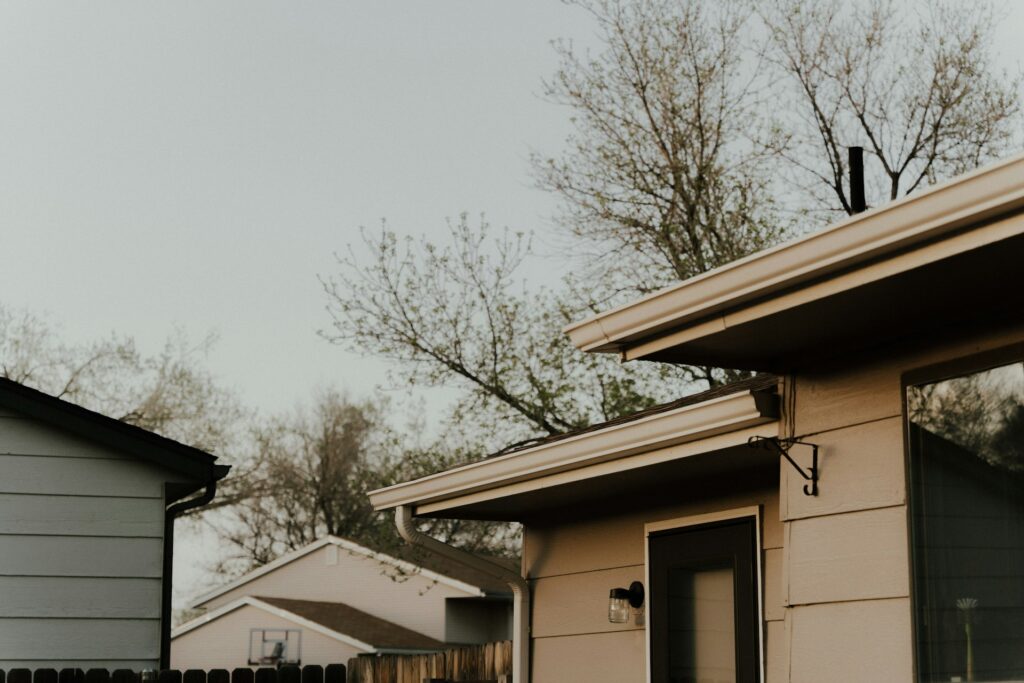Severe weather conditions, such as high winds and hailstorms, can pose significant threats to the structural integrity and safety of your residential roof. It’s crucial for homeowners to take proactive measures to protect their properties from potential damage and ensure their roofs are prepared to handle adverse situations without fail. In this comprehensive guide, we will provide essential tips and strategies for storm-proofing your roof, helping you minimize the risk of costly damage, maintain a safe environment for your family, and enjoy peace of mind during tumultuous weather.
Today, we’ll cover vital aspects of roof protection against wind and hail damage. Keep reading so you can take the necessary steps to protect your precious home from wind and hail damage. Allow us to help you in storm-proofing your roof, and enjoy the assurance of knowing your home is prepared to face even the most challenging weather conditions.
Storm-Proof Your Roof: Essential Tips to Protect Your Home from Wind and Hail Damage
Importance of Regular Roof Inspections
One of the most critical steps in storm-proofing your roof is conducting regular inspections. By evaluating your roof’s condition on an ongoing basis, you can identify potential issues and address them before they become severe problems during stormy weather. A thorough inspection should cover the following:
1. Exterior Roofing Materials: Inspect shingles, tiles, or metal panels for any signs of wear, cracks, or loosening that could worsen during high winds and hail.
2. Flashing: Ensure that flashing around chimneys, vents, and other roof penetrations is securely fastened and free from rust, cracks, or leaks.
3. Gutters and Downspouts: Check for blockages, corrosion, or disconnections that could lead to water backups during heavy rainfall.
4. Interior Attic Spaces: Look for any signs of moisture infiltration, such as staining, dripping water, or mold growth, which could indicate issues with the roofing system above.
Enhancing Your Roof’s Wind Resistance
To minimize the risk of wind-related damage, consider the following tips and strategies for reinforcing your roof’s wind resistance:
1. Appropriate Fastening Systems: Ensure that your roofing materials are securely fastened, using the manufacturer’s recommended attachment systems and fasteners, to prevent shingles or tiles from lifting during strong wind gusts.
2. Underlayment: Invest in a high-quality underlayment that not only acts as a moisture barrier but also provides an extra layer of protection against airflow and potential wind damage.
3. Structure Reinforcements: Strengthen your roof’s structure by reinforcing rafters or trusses and adding bracing or ties as necessary to withstand high winds.
4. Gable End Bracing: If your home has gable-style roofs, consider adding bracing to the gable ends to provide extra stability and resistance against wind forces.
Preparing Your Roof for Hailstorms
To safeguard your roof from hail damage, implement these crucial strategies:
1. Roofing Material Selection: Opt for resistant materials such as metal roofing, modified asphalt shingles, or impact-resistant tiles, which have proven durability in withstanding hail impacts.
2. Impact-Resistant Solutions: Consider installing impact-resistant skylights, roofing vents, and accessories to minimize the risk of damage during hailstorms.
3. Proper Slope Design: A lower sloping roof is less susceptible to hail damage. Homeowners in hail-prone areas might consider this element when planning roof upgrades or replacements.
Quick Fixes for Roof Leaks and Damages
In the event of minor roof leaks or damages during or after a storm, take the following steps to protect your home and prevent further damage:
1. Temporary Leak Patches: If you spot a leak, utilize plastic roof repair tarps or other waterproof materials to cover the impacted area until you can arrange for professional assistance.
2. Address Pooled Water on Flat Roofs: Remove any standing water to prevent additional damages to your roofing system.
3. Do Not Risk Your Safety: Remember that stormy conditions can be hazardous. If you cannot safely address minor leaks or damages, wait until conditions improve and do not hesitate to contact a professional.
Knowing When to Call the Pros
When facing significant damages or complex repairs, it is imperative to seek help from qualified residential reroofing and repair specialists. Professionals ensure a swift, efficient, and effective restoration of your roof’s functionality and safety:
1. Assess the Damage: After a storm, arrange for a professional evaluation to determine the extent of the damage and whether your roof requires repair or a complete replacement.
2. File Insurance Claims: If your home sustained storm damage, your roofing professional should work with you through the insurance claim process, providing necessary documentation and support.
3. Knowledge and Expertise: Your chosen roofing contractor should utilize the appropriate materials and methods to restore your roof, ensuring long-lasting protection against future wind and hail damage.
Conclusion
The importance of storm-proofing your roof cannot be overstated. By investing in regular roof inspections, enhancing your roof’s wind resistance, preparing for hailstorms, and knowing when to seek professional assistance, you can protect your home from the dangers of wind and hail damage. Implementing these tips and strategies will ultimately safeguard your family and provide peace of mind in even the most challenging weather conditions.
If you require an inspection, repair, or roof replacement in Mesa in preparation for storm season, look no further than our team at Roof Rite AZ. Contact us today to schedule a free roofing inspection and let our qualified professionals help you storm-proof your home — keeping you secure now and in the future.


